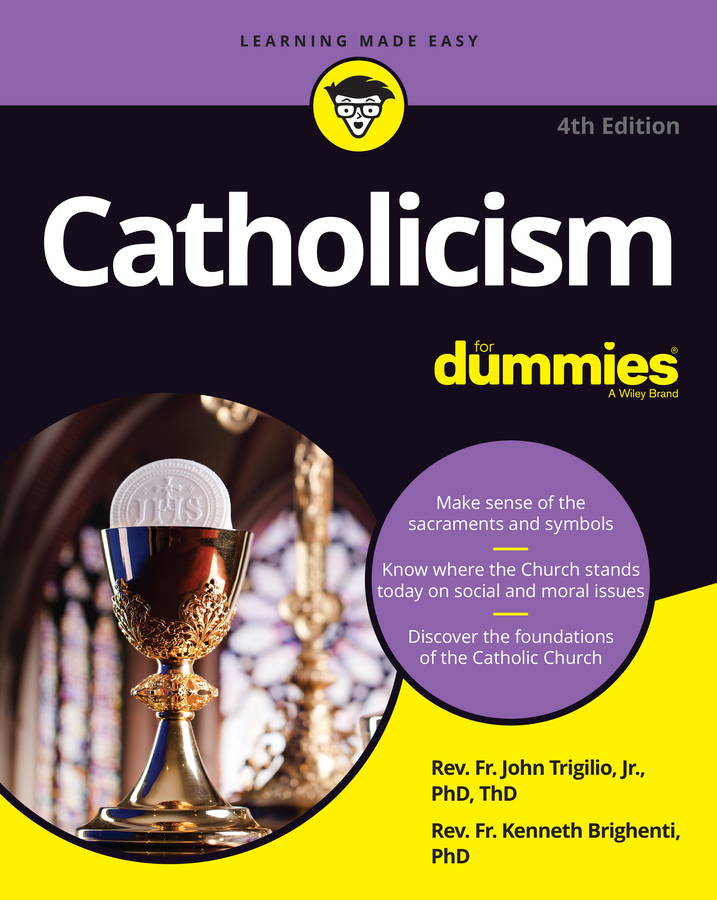Catholicism regards life as sacred, and taking any innocent life is immoral and sinful. The Catholic Church uses same principles to condemn euthanasia as it does to condemn abortion.
The Church believes that no one needs or ought to suffer a long, painful death, and that the sick must be treated and the dying must be comforted. The dying and those suffering enormous pain from disease or injury or can and should have as much painkiller medication as they can tolerate, as long as the medication isn’t the cause of death. Modern medicine has created a plethora of chemicals to diminish or even remove pain, even if it means the patient loses consciousness. So giving someone morphine is permitted and encouraged, for example, but the dosage can’t be large enough to be the direct cause of death.
The Church distinguishes between two types of euthanasia: In active euthanasia, you cause death by actively giving a person something to hasten death. In passive euthanasia, you cause death by not doing what’s necessary to preserve or sustain life. In more detail:
Active: Any procedure or treatment that directly causes the death of a patient. Giving someone a lethal injection or drinking poison are examples. This type is always considered immoral and sinful because it’s the direct taking of an innocent life.
Passive: Intentionally withholding life-sustaining treatment. If the treatment is sustaining life and stopping or removing it ends life, then doing so is considered passive euthanasia. For example, turning off a respirator that’s being used by a patient whose lungs won’t work on their own is passive euthanasia. Like active euthanasia, passive euthanasia is considered immoral and sinful, because its primary purpose is the death of an innocent person. The means are different, however.
The Church also distinguishes between direct and indirect passive euthanasia:
Direct passive: Intentionally causing death by withholding medicine or a procedure or stopping one that’s begun. This type is always immoral.
Indirect passive: Withholding treatment or medicine that may cause death, but death isn’t the intent or direct cause of withholding it. This type isn’t considered immoral. For example, an elderly man dying of cancer who’s also diabetic can refuse (or his family can refuse) insulin injections as long as he’s already started the dying process and will die of cancer or complications of it well before he’d die of diabetes. As long as the medicine or treatment being withheld isn’t the direct cause of death, it can be refused.
It’s considered morally permissible to have a Do Not Resuscitate (DNR) order on the chart in case the patient has a heart attack because doing cardio-pulmonary resuscitation (CPR) would be fruitless or would only prolong death by cancer.
The Catechism of the Catholic Church clarifies when medical treatment can be refused or stopped: “Discontinuing medical procedures that are burdensome, dangerous, extraordinary, or disproportionate to the expected outcome can be legitimate; it is the refusal of ‘over-zealous’ treatment. Here one does not will to cause death; one's inability to impede it is merely accepted.”

